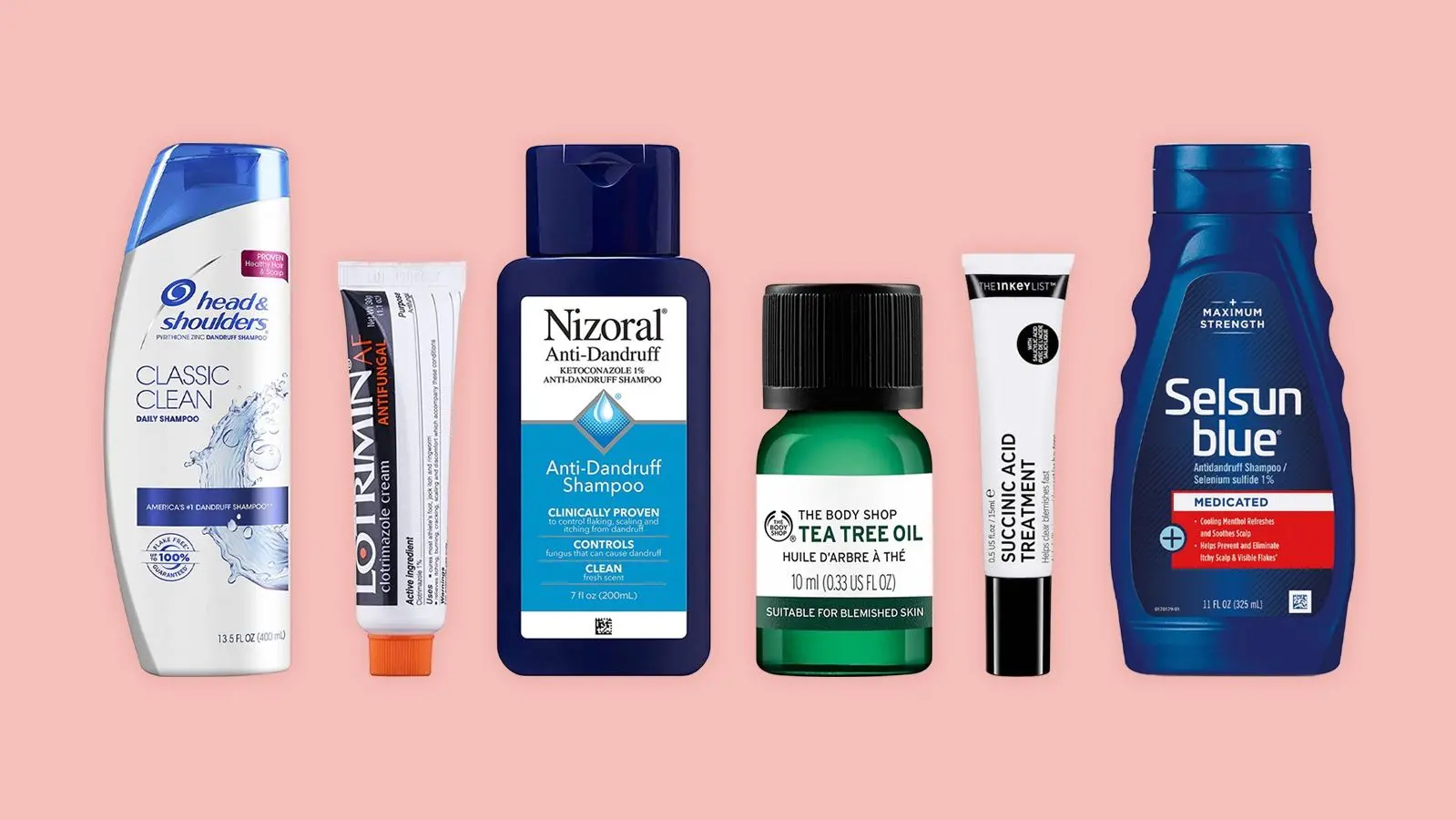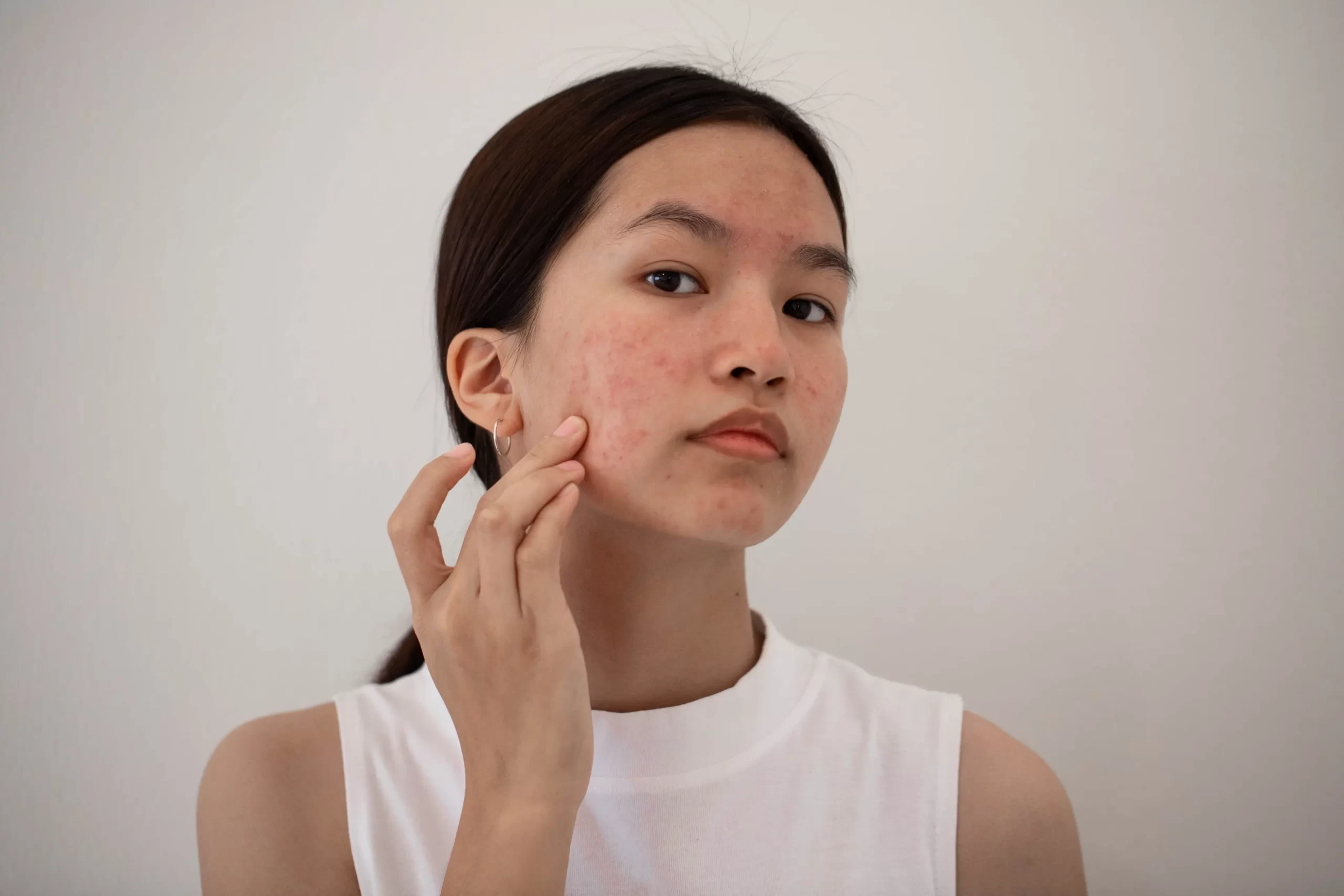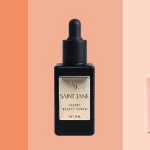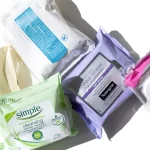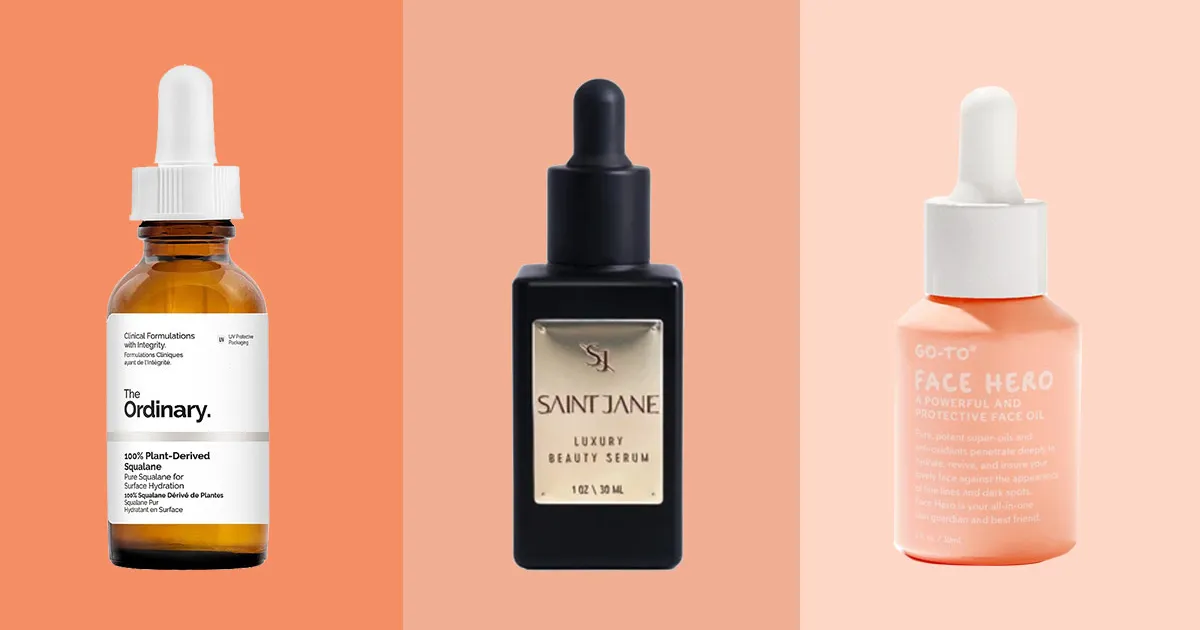The best dermatologist-recommended shampoo for folliculitis cleans the scalp, kills bacteria or fungus, and helps prevent new breakouts. Dermatologists often suggest shampoos with ingredients like sodium hypochlorite, ketoconazole, or zinc pyrithione.
These help calm redness bumps, reduce oil, and keep the hair follicle clear. With regular use, the scalp becomes healthier and less itchy. A dermatologist can help you choose the right product based on whether your case is mild, bacterial, or fungal.
At DermOnDemand, led by Dr. Hannah Kopelman, every treatment plan is reviewed by a board-certified dermatologist who understands how bacterial or fungal inflammation affects the hair follicle.
This guide explains what causes scalp folliculitis, the best dermatologist-recommended shampoo options, and when professional care is needed.
Top 10 Best Shampoos for Scalp Folliculitis
- CLn Shampoo for Folliculitis – A dermatologist-developed formula with sodium hypochlorite that kills bacteria, reduces oil, and calms redness.
- PHARMBANNER Folliculitis Shampoo – A strong antibacterial blend that helps scalp folliculitis heal faster and prevents recurring infections.
- Nizoral A-D (Ketoconazole 1%) – Antifungal shampoo that treats fungal infections and dandruff, often linked to scalp folliculitis.
- Tea Tree Special Shampoo (Paul Mitchell) – Gentle yet effective; contains natural tea tree oil to fight microbes and soothe itching.
- Neutrogena T/Sal Therapeutic Shampoo – Uses salicylic acid to exfoliate dead skin, unclog the hair follicle, and reduce bumps.
- DHS Zinc Shampoo – Formulated with zinc pyrithione to calm redness and control bacteria and yeast on the scalp.
- Head & Shoulders Clinical Strength Shampoo – A dandruff shampoo with selenium sulfide that also helps control mild cases of folliculitis.
- Ovante Folliculit Solution Shampoo – Combines sulfur and herbal extracts to treat bacterial or fungal scalp conditions gently.
- PURA D’OR Scalp Therapy Shampoo – Plant-based formula that improves scalp circulation, reduces itching, and supports hair growth after inflammation.
- Selsun Blue Medicated Shampoo—This shampoo contains selenium sulfide, which targets fungal buildup and calms redness bumps caused by bacterial folliculitis.
These products are commonly part of dermatologist-recommended shampoo for folliculitis regimens and can be used alongside oral antibiotics if prescribed. You can also explore the shampoo recommended by a dermatologist to find more options for daily scalp care.
Understanding Folliculitis on the Scalp
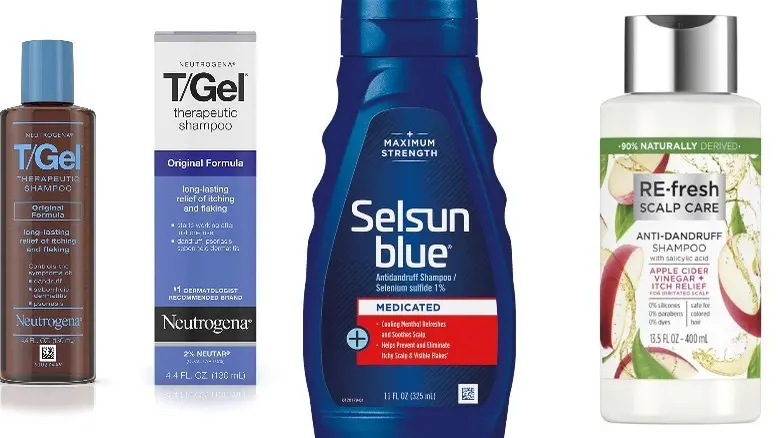
Why folliculitis develops and how it spreads
Folliculitis is a skin condition that happens when the hair follicle gets infected by bacteria or fungus. It often looks like small pimples or red spots on the scalp. The most common cause is bacterial folliculitis from Staphylococcus aureus, but fungal infections and tight hats or helmets can also cause it.
This scalp condition can spread when microbes grow inside a blocked follicle. A weak immune system, too much oil, or scratching can make it worse. Using a hot tub or sharing combs can also spread germs if the scalp is already irritated.
Common triggers and daily habits that worsen it
Sweating, not washing hair often, or using harsh products can trap bacteria and fungus. Tight hairstyles or dirty hats make irritation worse. Sharing towels or brushes can spread infection. Washing the scalp gently and keeping it clean helps prevent flare-ups.
What Dermatologists Recommend for Scalp Folliculitis
Key ingredients that calm and protect the scalp
Dermatologists choose shampoos that fight germs without drying out the scalp. The goal is to clean, reduce swelling, and stop new bumps.
Look for these ingredients:
- Sodium hypochlorite or benzoyl peroxide – kills germs that cause bacterial folliculitis.
- Ketoconazole or zinc pyrithione – helps treat fungal infections and dandruff conditions. For ongoing scalp maintenance, you can read about the best anti-dandruff shampoo suggested by dermatologists to support a balanced scalp.
- Tea tree oil – a natural germ-fighter that soothes the skin.
- Salicylic acid – removes dead skin and clears blocked follicles.
These ingredients help in mild cases and prevent future problems.
Antifungal vs antibacterial shampoos: which works best?
Antifungal shampoos, such as ketoconazole shampoo for folliculitis, work best when fungus is the cause. Antibacterial shampoos help if the infection is bacterial or fungal, or if bumps appear after a hot tub visit. A dermatologist can tell which one fits your condition.
How to Use Shampoo for Folliculitis Effectively
Step-by-step washing routine
Use your shampoo for folliculitis on the scalp regularly for the best results.
- Wet your scalp with warm water.
- Apply the shampoo and massage for 2–3 minutes.
- Rinse well and dry with a clean towel.
- Use it two or three times a week, or as your dermatologist suggests.
Mistakes that delay recovery
Avoid scratching or using heavy conditioners on infected spots. Don’t wash too often or share hats, brushes, or pillowcases. These habits spread germs and slow healing.
How long does it take to see results?
Most people see improvement after two to four weeks of regular use. Severe cases might need oral isotretinoin or stronger oral antibiotics if shampoos alone are not enough.
Treating Folliculitis Safely in Children and Pregnancy
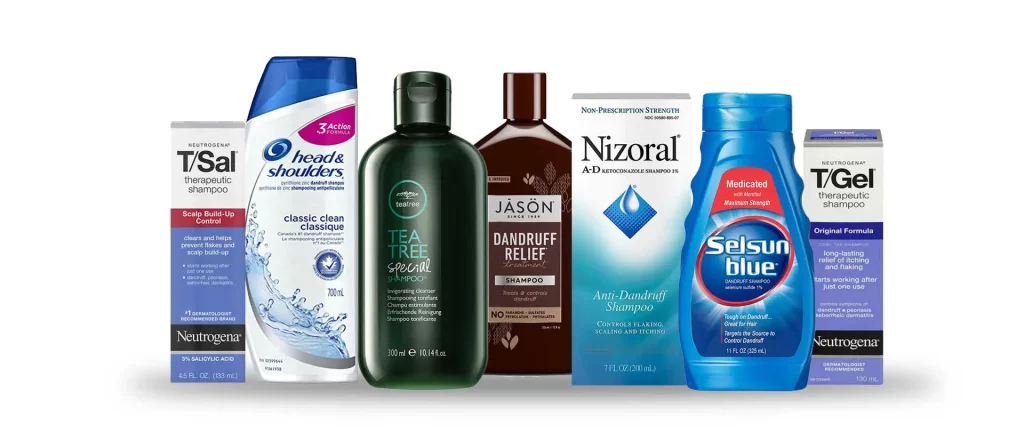
Gentle care for children’s scalps
Kids have more sensitive skin. Dermatologists recommend mild, alcohol-free shampoos. For mild cases, a soft dandruff shampoo or antibacterial wash is often enough.
Safe ingredients during pregnancy
Pregnancy can trigger red bumps on the scalp. Shampoos with tea tree oil or zinc pyrithione are usually safe. Avoid strong antifungals unless a doctor approves. If the infection spreads, an online consultation helps ensure safe treatment.
When to See a Dermatologist Online
Warning signs that need prescription care
Seek expert evaluation if bumps are painful, crusted, or spreading quickly. Persistent hair loss, deep pustules, or scarring may signal chronic or eosinophilic folliculitis. Learn when to consult a dermatologist for hair loss to prevent long-term scalp damage.
What to expect from an online consultation
A dermatologist reviews your photos and medical history online. They may prescribe topical or oral medicine to control bacterial folliculitis or fungal infections. For severe cases, oral isotretinoin may help lower swelling and bacterial levels.
DermOnDemand: Fast, Discreet Dermatology Care
Get a dermatologist-reviewed plan within 24 hours.
At DermOnDemand, experts like Dr. Hannah Kopelman create custom treatment plans for scalp folliculitis. You can get prescriptions for medicated shampoo or oral treatments within 24 hours, without needing a clinic visit.
Your medicines are shipped to your home, making care private and easy. Whether you have bacterial folliculitis or a fungal infection, DermOnDemand provides expert-guided treatment that helps your scalp heal fast and safely.
Take control of your scalp health today. Get a personalized treatment plan reviewed by a board-certified dermatologist at DermOnDemand, no waiting rooms, no delays.

